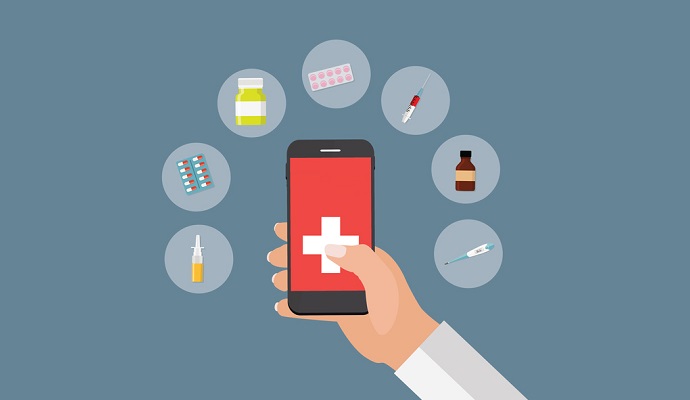MyCHOP Portal and App Simplifies Adolescent Proxy Process
Children’s Hospital of Philadelphia teamed with chief information officers and chief medical officers from other pediatric healthcare organizations to simplify the adolescent proxy process using the MyCHOP portal and smartphone app.

Source: Thinkstock
- Children’s Hospital of Philadelphia (CHOP) teamed with chief information officers and chief medical officers from other pediatric healthcare organizations to simplify the adolescent proxy process using the MyCHOP portal and smartphone app.
Kisha Hortman Hawthorne, chief information officer at the hospital, told an August 22 panel at the Office of the National Coordinator for Health Information Technology's Third Interoperability Forum that her organization has invested “a lot” in MyCHOP, which is based on Epic’s MyChart.
MyCHOP provides adolescent patients, parents, and guardians online access to lab results, appointment information, medications, and immunizations. MyCHOP also provides a way to communicate with the doctor’s office to renew prescriptions, send messages, and schedule appointments.
“Since we rolled out on-line scheduling, bill pay, and other things, we’ve seen a significant increase in self-scheduled appointments,” she said.
“The opportunity for the parent or guardian to be able to be a part of the patient’s healthcare, control their record, touch it, and interact with the physician prior to coming in is very helpful,” Hawthorne said.
READ MORE: Healthcare Interoperability Gaps Make It Hard to Use Apps, Share Data
MyCHOP uses 128-bit SSL encryption technology, and MyCHOP messaging is done while the user is securely logged on to the CHOP website.
Anil Jain, vice president and chief health informatics officer at IBM Watson Health, told the panel that his company has been going beyond interoperability to focus on using semantics to understand health data and ensuring the quality of that data.
“The future is where we don't think about interoperability at all. It's just a by-product of the business models and the business cases that we are all working on. For IBM, it's really the next chapter in semantics and business models that allow for data sharing,” he said.
Jain that IBM Watson Health has launched a blockchain initiative called the health utility network, which is designed to improve the transparency and trust of health data.
In January of this year, IBM announced a partnership with Aetna, Anthem, Heath Care Services Corporation, and PNC Bank to bring blockchain to healthcare. The health utility network is the first step in that partnership.
READ MORE: Patient Portal Access Has No Effect on Patient Activation
The purpose of the network is to identify use cases that show how blockchain can secure the exchange of health data. The partnership also wants to reduce administrative costs by reducing inefficiencies resulting from inaccurate data. In February, Cigna and Sentara Healthcare joined the health utility network.
Kristen Valdes, chief executive officer of b.well Connected Health, said that her company is focused on enabling end users to access their health information in one location.
“It’s not just about collection and presentation of data; it’s about what you do with it. We have configured all of the evidence-based medicine guidelines and preventative screening guidelines. And we recently had the opportunity to work with MITRE on a program to bring the U.S. Preventative Services Task Force Recommendations directly to consumers,” Valdes explained.
The task force is an independent panel of non-federal experts that makes recommendations on clinical preventive services, such as screenings, counseling, and preventive medications, to primary care clinicians. Task force members are primary care providers, such as internists, pediatricians, family physicians, nurses, gynecologists/obstetricians, and health behavior specialists, who are experts in prevention and evidence-based medicine.
“Our goal is to get into prevention and help consumers close their gaps in care and being able to match them to the right service providers … Overall, we help them understand who pays, how much, and we help them manage their out of pocket costs,” she said.
READ MORE: Clinics Wary of Portals Despite Health Data Sharing Benefits
Vik Kheterpal, principal at CareEvolution, said that for healthcare interoperability the “one enduring idea that keeps coming up for us is ensuring that there is data liquidity, that it's available, and separating that from potential use cases.”
Kheterpal said his company is working on two aspects of interoperability. First, it helps large organizations unify their digital islands so they can exchange data seamlessly. Second, it works on developing data use cases and apps using application programming interfaces and other technologies that facilitate interoperability.
For example, CareEvolution has developed an app for the NIH All of Us program, which has the goal of enrolling one million patients to participate in healthcare research. People can download the app, participate in the consent process, and get the phenotypic electronic health record data using the Fast Healthcare Interoperability Resources (FIHR) standard, he explained.
